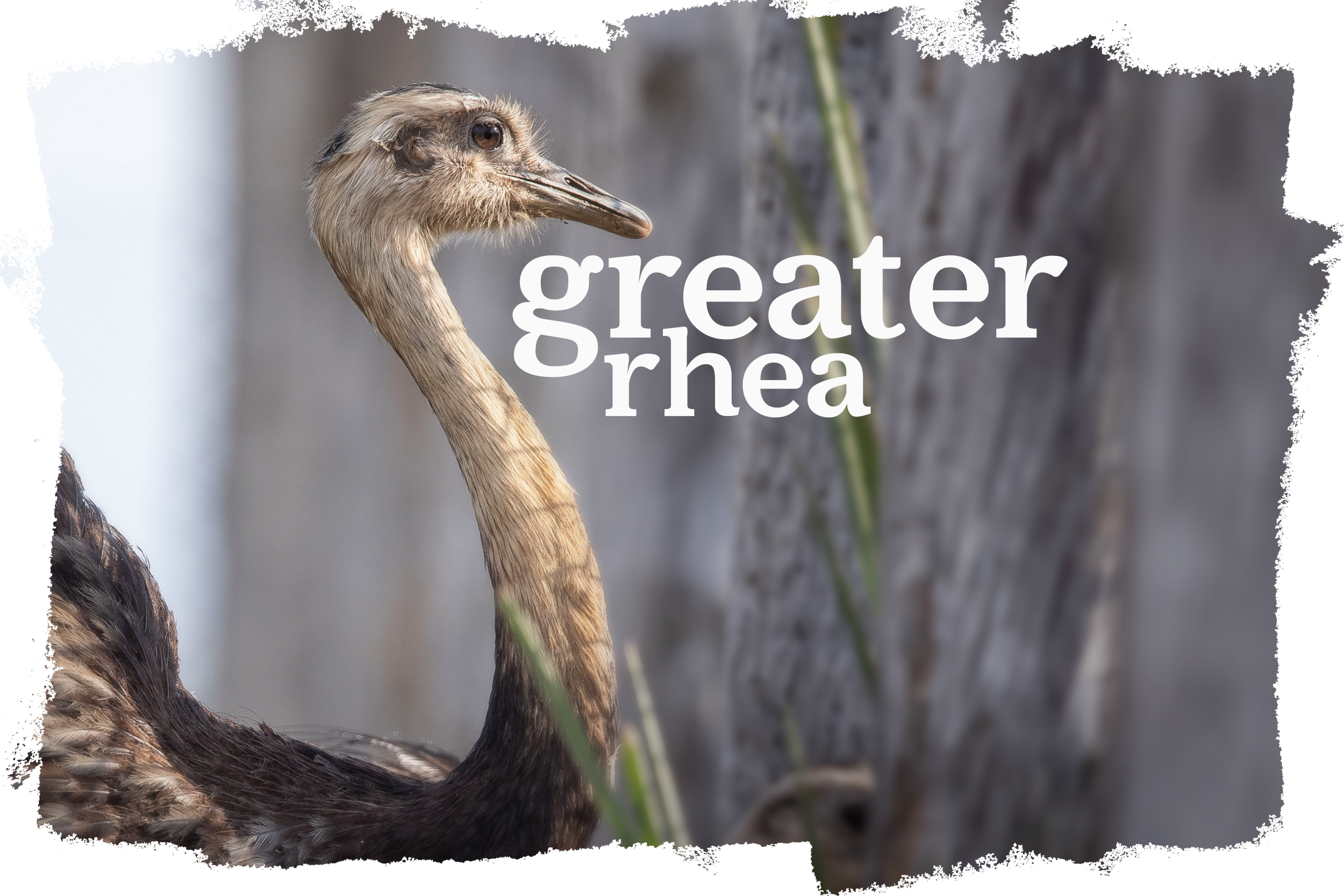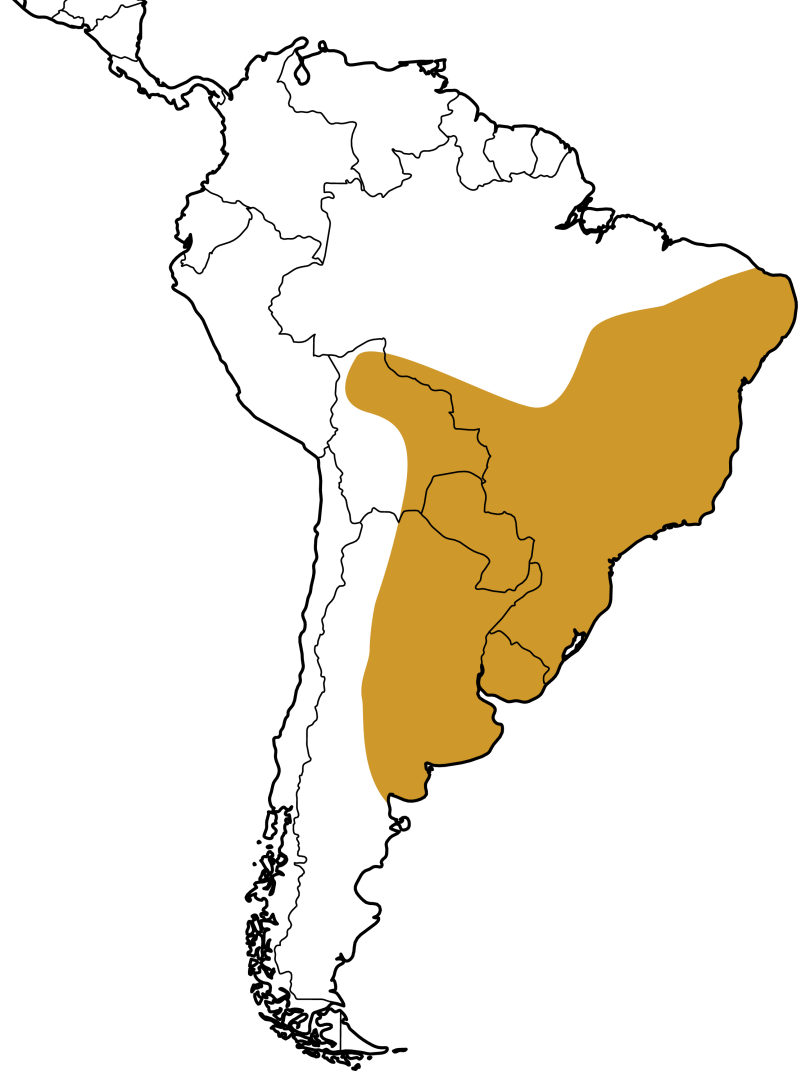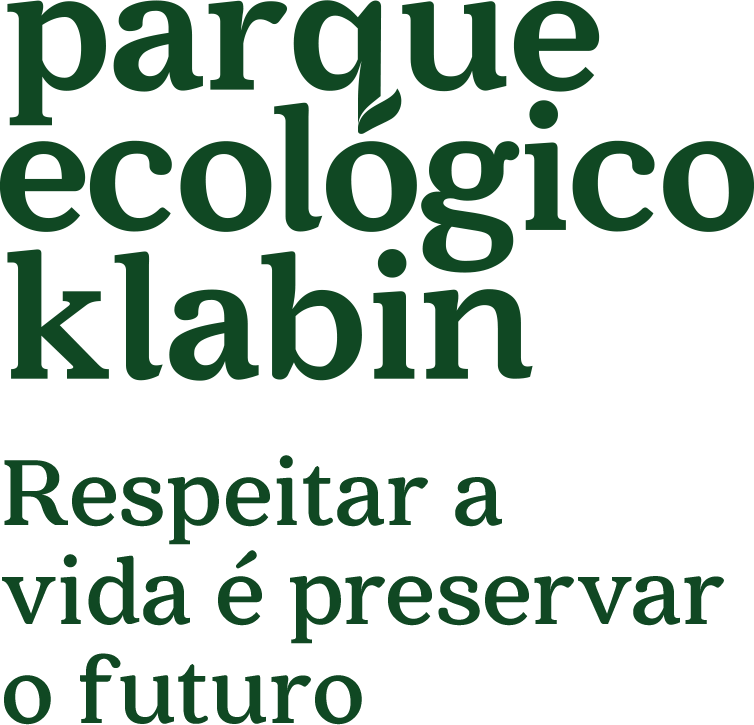Greather rhea


Greater rheas are the largest, heaviest birds in Brazil. Without tails and having long necks and legs, adults reaches up to 1.40m tall and weigh up to 24kg.
average 23kg
1.27m to 1.40m
40 years in captivity
Important data
MAIN FEATURES
The plumage of the back of the emu is grayish-brown, with the lower part being lighter. Unlike the ostrich, it has no tail. It has strong legs, three-toed feet and, despite having large wings, does not fly.
TOP THREATS
Reduction and loss of habitat (fields). It is also runover and hunted for its very nutritional meat and eggs, in addition to the ornamental beauty of its feathers.
DIET
Seeds, leaves, fruits, insects, rodents, terrestrial mollusks, and other small animals.REPRODUCTION
The mating period is in October, when males fertilize five to six females, who lay up to a dozen eggs. Unlike most species, the male incubates the eggs and after six weeks of age the chicks are cared for by him.BEHAVIOR
● A runner that lives in fields and plains. It can be found on pastureland and extensive soybean plantations.
● Avoids places where the human population is denser.
● Uses its wings to balance and change direction when running.
● When scared, it lowers its neck and suddenly zigzags away, lifting its wings and inflating its plumage.
● Active in the daytime
TRIVIA
When chased by a predator, they run at great speed, reaching up to 60 kph.
Geographical distribution





